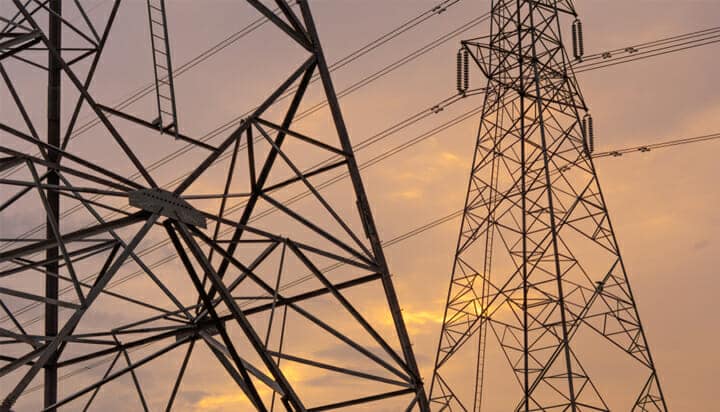Tuesday 9 April 2019
Policy changes ‘causing uncertain outlook for demand side flexibility’

A number of policy changes have been causing an uncertain near-term outlook for providers of demand side flexibility (DSF).
That includes reform of charging arrangements, particularly impacting distributed generators whose business models depend on embedded benefits and customers who actively respond to triad signals, according to National Grid Electricity System Operator (ESO).
Its latest annual Power Responsive report suggests the implementation of the Medium Combustion Plant Directive (MCPD) is deterring some players from participating in DSF schemes and the suspension of the UK’s Capacity Market by the European Court of Justice has added to further uncertainty.
Power Responsive is a stakeholder-led programme, facilitated by National Grid ESO, to boost participation in different forms of flexible technology such as demand side response (DSR), small-scale generation and storage – all classed as DSF.
The report reveals balancing services grew across 2017 as tenders from new units continued to be offered into Ancillary Service markets, with five new units per month received between April and December 2017 on average.
National Grid ESO saw an increase of 100% of new units in 2018, with an average of 10 new units per month entering the markets, supported significantly by 39 new tenders in January last year and 35 in July.
However, it suggests while DSF participation in Britain’s electricity markets has continued to grow since 2017, several challenges remain, with a lack of awareness and detailed understanding presenting a barrier to these schemes.
Demand side customers and market actors believe there is a need for improved data gathering and market information to help overcome this but there is often a lack of time or dedicated resource within non-energy industry organisations to research opportunities and to progress projects.
Other challenges include the cost-benefit proposition, the challenge of stacking multiple revenue streams and the investment required, in addition to the complexity of services, supplier contracts and industry code governance for engaging smaller providers to participate in DSF.
Short Term Operating Reserve (STOR)
STOR is a service that provides additional active power from either generation or demand reduction – National Grid ESO procures STOR via a tender process with three rounds per year.
Of all balancing services, the highest participation in tenders by volume from DSF was seen for STOR, with 3,314MW of capacity tendered and 205 unique units tendered.
The report suggests there has been a “substantial decrease in both the average availability prices accepted and the average utilisation price accepted” through STOR tenders from 2017 to 2018.
Increased participation in the service is said to have resulted in “increasingly competitive prices” submitted by providers in order to be successful during tender rounds while the average size of capacity accepted has remained relatively consistent.
Firm Frequency Response (FFR)
The report states there has been a move towards a greater capacity accepted in FFR - which is procured through monthly tenders – from DSF providers compared to traditional parties.
Greater DSF was offered into the FFR market last year compared to 2017, with 124 unique providers offered 2,341MW compared to 58 providers offering 773MW the year before.
It adds there has been a “steady downward trend” in prices accepted for static FFR over the past two years, falling from £36.18/hour in 2017 to £32.46/hour last year – all providers over this time period were DSF providers.
The average accepted price for dynamic FFR contracts fell by 64% to £110.18/hour.
Demand Turn Up (DTU)
This service was developed in 2016 to encourage large energy users and generators to either increase demand or reduce generation at times of high renewable output and low national demand, which typically occurs overnight and during weekend afternoons in the summer.
Participation in the service was lower overall last year compared to 2017, with around half the volume of bids entered – a total of 138.6MW was contracted in 2017 which fell to 114.7MW last year.
The report states: “Between 2017 and 2018, there was a slight reduction in the average availability and utilisation prices tendered and accepted for DTU and a slight rise in the average size of the units participating.
“There has been a slight decrease in accepted availability and utilisation prices from 2017 to 2018. However, this is a less significant shift than has been recognised in other Balancing Services, with the average availability price decreasing by just £0.03 and the average utilisation price decreasing by £3.11. In contrast, the average accepted MW size per unit increased by approximately 0.7MW. The relatively static nature of the service (when compared to other Balancing Services) could reflect the infancy of the DTU service and the fact that there is currently just one annual tender for the fixed service, hence little opportunity for price discovery."




